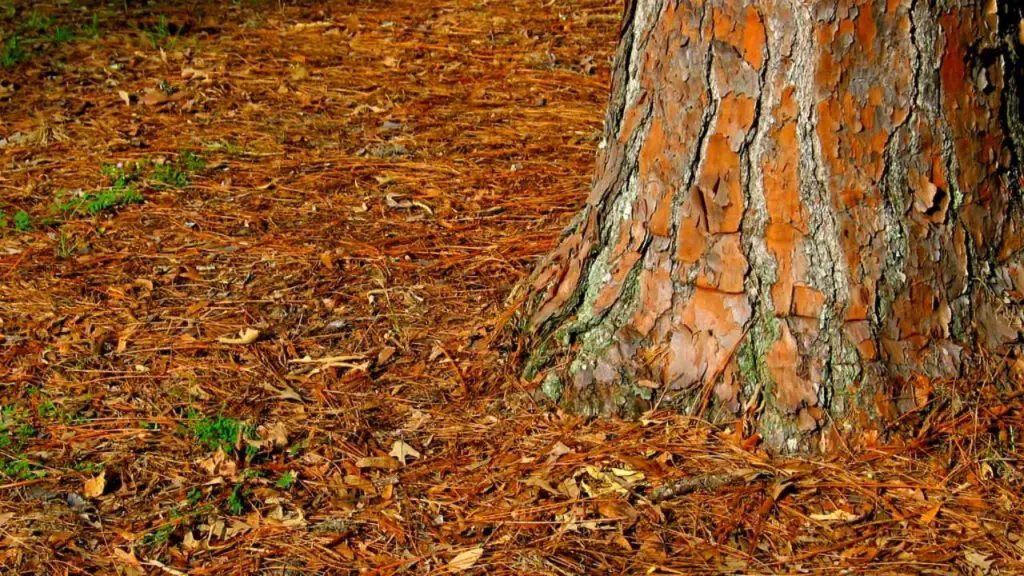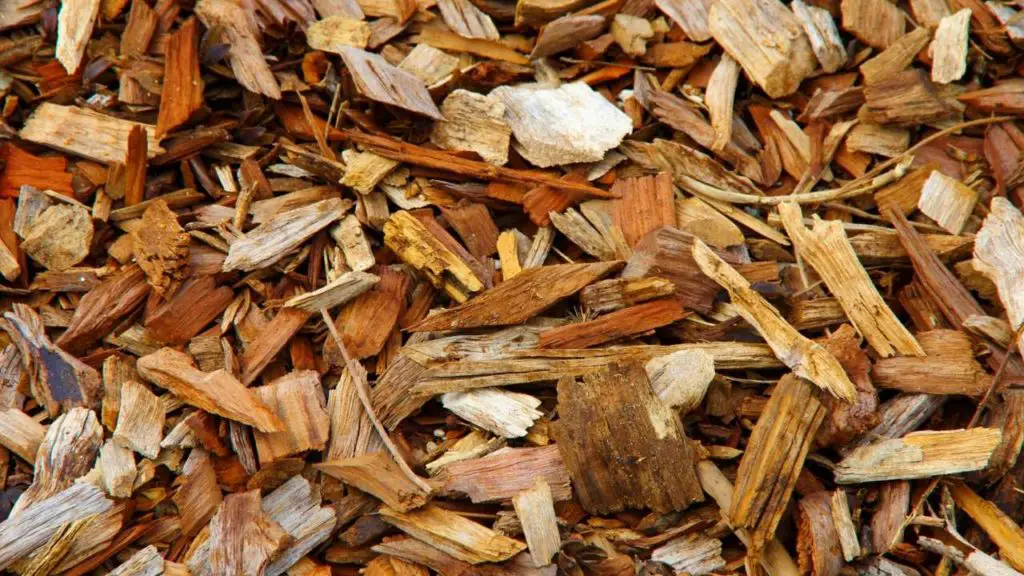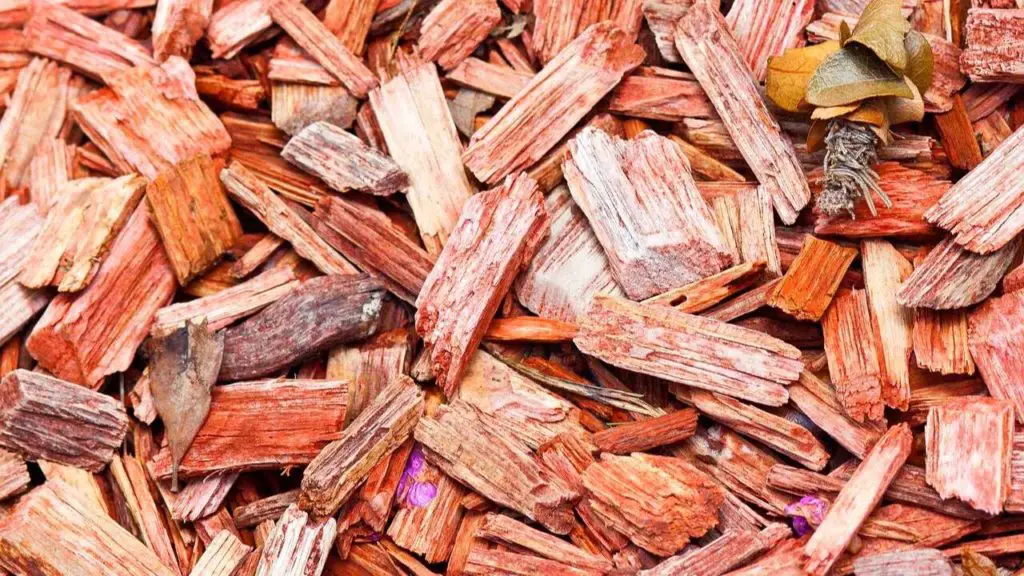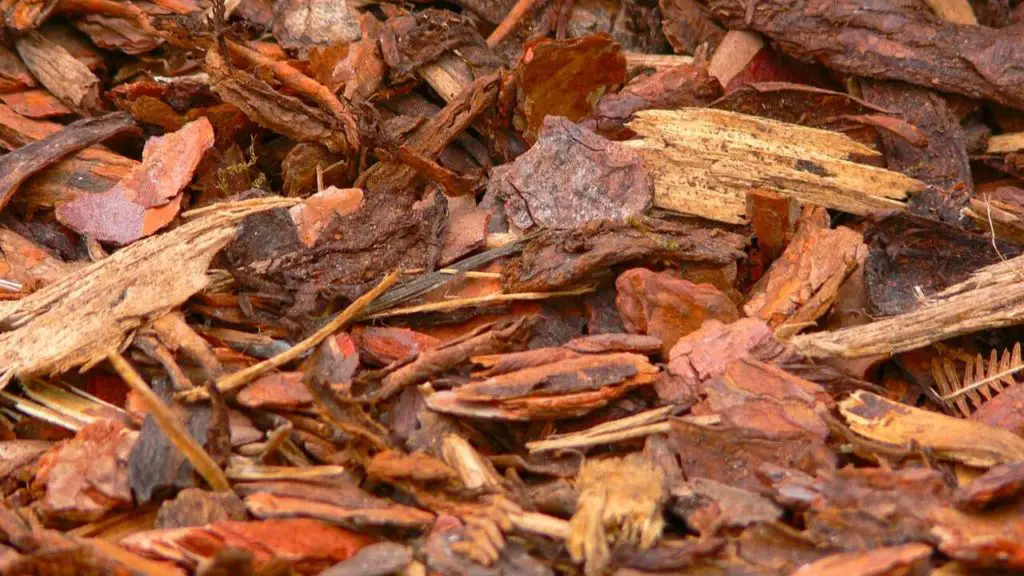Appropriately set natural mulch can profit soil and plants from multiple points of view. Mulch protects the soil and plants in winter, yet in addition, keeps the soil cool and soggy in summer. Mulch can control weeds and destruction.
It likewise holds soil dampness and forestalls splashback of soil that can contain soil-borne fungus and illnesses. With such a significant number of decisions of natural mulches available, it tends to be befuddling. This article will examine the advantages of pine bark mulch and how we can use it.
What Is Pine Bark Mulch?

Pine bark mulch, as the name tells, is produced using the discarded bark of pine trees. Now and again, however, the bark of different evergreens, similar to fir and tidy, might be included into pine bark mulch.
Like other wood mulches, pine bark mulch is accessible to buy in various forms and surfaces, from finely shredded or double processed to bigger pieces called pine nuggets. Which consistency or surface you pick relies upon your own inclination and the nursery’s needs. Pine nuggets take more time to separate; thusly, last longer in the nursery than finely shredded mulches.
Benefits Of Using Pine Bark Mulch
Pine bark mulch in gardens usually lasts up to 2 years. It is an acidic type of mulch and can eat up nitrogen in your garden. People even use pine bark mulch as dressings for gardens as well. Its pinkish and brownish colour is quite vibrant.

In any case, pine bark mulch is exceptionally lightweight. While keeping in mind that this can make it simple to spread, it makes it unsuitable for slopes, as the bark can be effectively moved by wind and rain.
Pine bark nuggets are normally light and will drift in conditions with a lot of water. Any natural mulch benefits to soil and plants by holding moisture, shielding plants from outrageous cold or heat and averting the spread of soil-borne diseases. This is true for pine bark mulch also.
Pine bark mulch is particularly helpful to acid cherishing garden plants. It likewise adds aluminum to the dirt, benefiting green, leafy development. Pine bark mulch, when applied a few inches down, holds soil and prevents it from dissolving into the surrounding zones.
This is useful for territories of plain soil with sporadic vegetables, for example, border garden along walls, around tree trunks and all through nurseries.
When managing garden-side tree trunks, keep the pine bark mulch in a level layer as opposed to a cone, as the cone may really pull dampness away from the tree. Choosing which kind of mulch to use in a nursery is usually dependent on the style you want.
Mulch is produced using different substances, regularly wood, and changes in shading dependent on the wood utilized or whether the wood has been colored.
Raking or flipping the mulch will uncover a stronger shading on the opposite side, as daylight and the components are generally answerable for blurring. Natural pine bark mulch is likewise totally natural in shading, which means no compound added substances or colors will influence the nursery soil and plants.
Dampness maintenance in the dirt is a significant viewpoint for gardening; it implies less manual watering and a progressively persistent, promptly accessible stockpile of water to the plants in the nursery.
Pine bark mulch enables the dirt to hold dampness since it gives a defensive obstruction on the dirt, keeping the dampness in the ground as opposed to enabling it to vanish rapidly.
Pine bark mulch is a compelling weed control around vegetables when layered 2 to 3 inches deep in the garden. It goes on for years, as contrasted with littler mulch materials, for example, pine needles or leaves, the two of which decay quicker than bigger, chunkier pine bark.
Fewer weeds in the territory additionally imply more soil supplements accessible to the proposed vegetables in the nursery. In a crisp garden with exposed soil, setting newspaper on the soil, trailed by a slender layer of pine bark mulch before the bigger pieces are set down, helps hold weeds down while holding dampness.
Read More:
- Everything You Need To Know About Preparing A Garden Bed For Planting Vegetables
- 10 Reasons Why Kitchen Gardening As Hobby Is Better Than Any Other Hobby!
- 30 Fast Growing Vegetables In Pots (Growth Time Mentioned)
Important Aspects Of Pine Bark Mulch
The simplicity of use is the solid suit of pine bark nugget mulches. Pine bark pieces come in a few distinctive size evaluations, from “smaller than expected” to “large” chunks. (Soil conditioner is a ground pine bark item littler then small scale chunks that can likewise be utilised as mulch.)

Pine bark is long-lasting, and when it breaks down it advances the soil with natural material. Water pooling can cause bark nuggets to float and spread, and moving water can make it wash away, requiring it to be raked back or supplanted completely.
This makes bark pieces less reasonable for territories that will, in general, get streaming water in substantial downpours.
Pine bark is normally acidic, and after some time that acridity can move to the soil. Many garden vegetables develop best in impartial or alkaline soils. Corrosive soil conditions just suit certain vegetables, similar to rhododendrons and witch hazel.
Likewise, corrosive conditions keep some soil supplements from being accessible to vegetables, while manganese, iron, zinc and others become progressively accessible – at times to dangerous levels.
To avert pine bark mulch from expanding soil acridity in your yard, interchange it with hardwood mulch every two years. Furthermore, Pine bark mulch and other woody mulches consume nitrogen in the soil and lessen its richness, however, the impacts are mind-boggling.
At the point when woody mulches like pine bark rot, they evacuate nitrogen, which vegetables need so as to develop. So it’s conceivable that decaying pine bark mulch could loot landscape plants of nitrogen and restrain their development.
Notwithstanding, the foundations of trees, bushes and other enormous plants enter deeply into the soil, a long way from the layer of mulch on the surface. Thus, pine bark mulch isn’t probably going to expel nitrogen from around profound plant vegetables. The equivalent isn’t valid for shallow-established plants, be that as it may.
Vegetables and yearly plants could be influenced by the nitrogen-lessening impacts of pine bark mulch, and you ought to abstain from utilising it around these sorts of plants. You ought to likewise abstain from blending it into the soil in the event that you intend to develop plants in the territory. There’s a little possibility that pine bark mulch could spread pine wither to certain pine trees.
Pine shrink is a deadly sickness that is brought about by the nematode (Bursaphelenchus xylophilus), which goes between trees through the pine sawyer beetle. The infection just influences some non-local pine trees, including mugo pine (Pinus mugo) and Scotch pine (Pinus sylvestris).

On the off chance that new pine bark mulch from an unhealthy tree is put almost an injured on a defenceless tree, it’s conceivable that the nematode could contaminate the tree.
Another important thing is that if you have pets then pine needles can harm them. If your pets swallow the needles it can cause them considerable pain. Which is why it is important that you keep them away from your garden while deploying the pine bark mulch.
Check out the latest price of Hapi-GRO 3 Cu. Ft. Pine Bark Organic Mulch on Amazon Here.
Best Pine Mulch for Vegetable Gardens
You can pick the pine mulch contingent upon the kind of vegetables that you have.
1: Finely shredded pine, this mulch is little, can be utilised for tightly spaced crops. This kind of mulch is applied as layers in crops with new blooms and having delicate shoots. By utilising this minor sized mulch for the delicate shoot, we can keep the water from escaping from the soil.
2: Huge sizes of Pine barks are additionally made. The fundamental advantage position of huge nuggets is that they take more time for decaying and have more serving time.
3: The premium bark is utilised for plants that develop well in acidic conditions like roses. The premium bark is made by twofold processing of the pine bark of southern pine trees.
4: Another kind of Pine bark is the Border bark. This mulch has a golden dark shading. This bark can withstand solid breezes. This hammer processed bark does well is regions encountering a ton of soil disintegration.
5: The superfine bark is a hammer processed chocolate brown coloured bark, for the most part, utilised as topdressing mulch.
There you have it, with this information now you can use pine bark mulches to grow vegetables in your garden. Pine bark mulch is an excellent source of nutrients for vegetables and they are also long-lasting.
- How To Use Wood Ash In The Garden For Maximum Plant Growth:
- Turn This Simple Liquid into a Powerful Fertilizer for Tomatoes and Cucumbers
- Diy Garden Trellis Ideas Using Free Or Recycled Materials:
- The Best Organic Fertilizer You Can Make At Home:
- The Ultimate Guide To Composting Kitchen Scraps For Healthier Garden:
